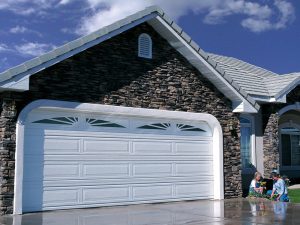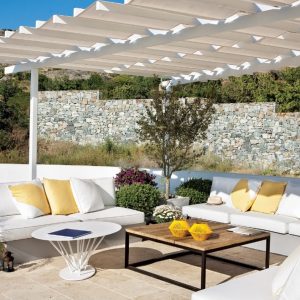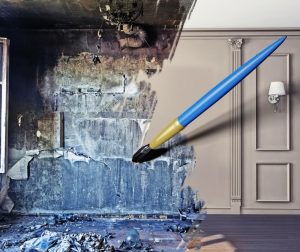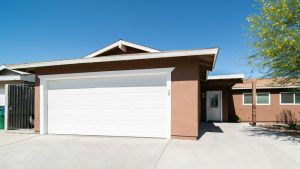Last Updated on November 4, 2022 by teamobn
Give a green-thumbed homeowner an excuse to tell you what he loves about his garden and you will have a conversation that never ends. Some might go straight for their flower beds, which brim with colour and perfume. Others might show you crisp, beautiful, homegrown vegetables.
Despite droughts in many parts of the country, there are still more than 40 million acres of lawn in the US alone, and most of these lawns have drainage problems. In fact, many more, take pride in a luxurious lawn, weeded and mown to meticulous perfection.
However, while it’s true that environmental concerns have made traditional manicured lawns somewhat unfashionable, large tracts of land are still devoted to lush, well-tended turf.
Forget the white picket fence enclosing the property. Forget the immaculate driveway that leads to a 10,000-square-foot house for a family of three. Thick, green, fastidiously ordered lawns are still the most recognizable symbol of prosperity in suburbia.
Contents
Ensuring Proper Drainage
For all their cultural significance, however, many of our neat, green, opulent expanses of lawn are prone to the most unglamorous of problems. Almost every homeowner who tends to a lawn has had to deal with a sloshing, muddy drainage problem at some point or another.
Since a plot of brown mud is hardly a representation of shining success, what gives?
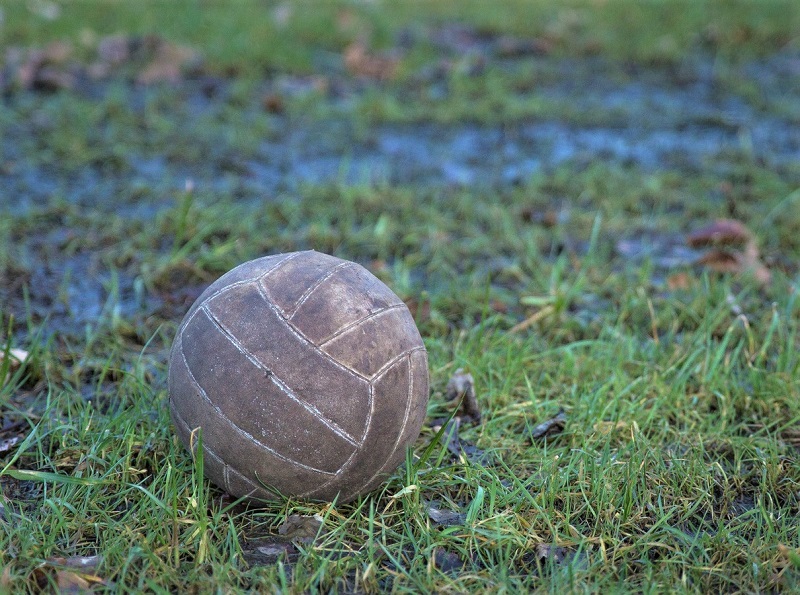
Many new gardeners are so keen to start a lawn they don’t take the time to inspect their soil’s structure or how it drains. Can you blame them, though? Even for experienced gardeners, ensuring proper drainage is a mundane necessity, causing equal amounts of despair, boredom, and bewilderment.
The only difference is that the experienced gardener understands that drainage is crucial to the survival of lawn grass – native or otherwise.
Below are a few ways to fix a persistent lawn drainage problem.
1. Aerate your lawn.
Common sense presents the gardener with a range of options when lawn drainage is a problem. The simplest solution is aeration. Compacted soils have too many solid particles in a certain volume or space, which prevents the proper circulation of air, water, and nutrients within the soil.
Aeration involves perforating the soil with small holes to correct the problem.
You can use a spike aerator or a plug aerator to accomplish the task. With a spike aerator, you simply use a tool – like a tine or garden fork – to poke holes into the ground. For the best results, however, landscapers will often use a plug aerator – a machine that actually removes plugs of soil from the ground.
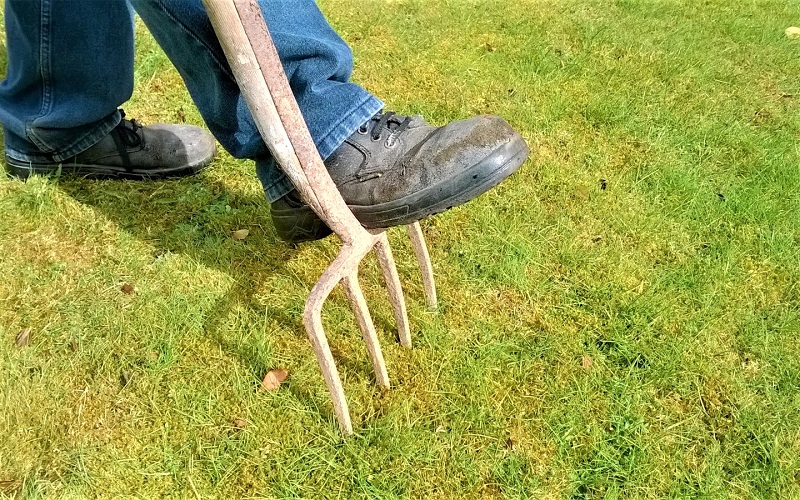
2. Install a French drain.
More serious drainage problems will require a bit of construction and engineering. You might have to install a linear French drain. This is a simple trench in your yard that intercepts the water moving through the soil toward your home.
A perforated pipe at the bottom of the narrow trench captures the water and redirects it to the lowest spot on your property.
If you are not up to the task, you can have a professional dig the trench about six feet from the foundation of your house. The L-or U-shaped trench should be on the high side of your property descending toward your home or lawn.
When properly constructed, the groundwater should flow out of the pipe to re-enter the soil away from your lawn on its journey back to the ocean.
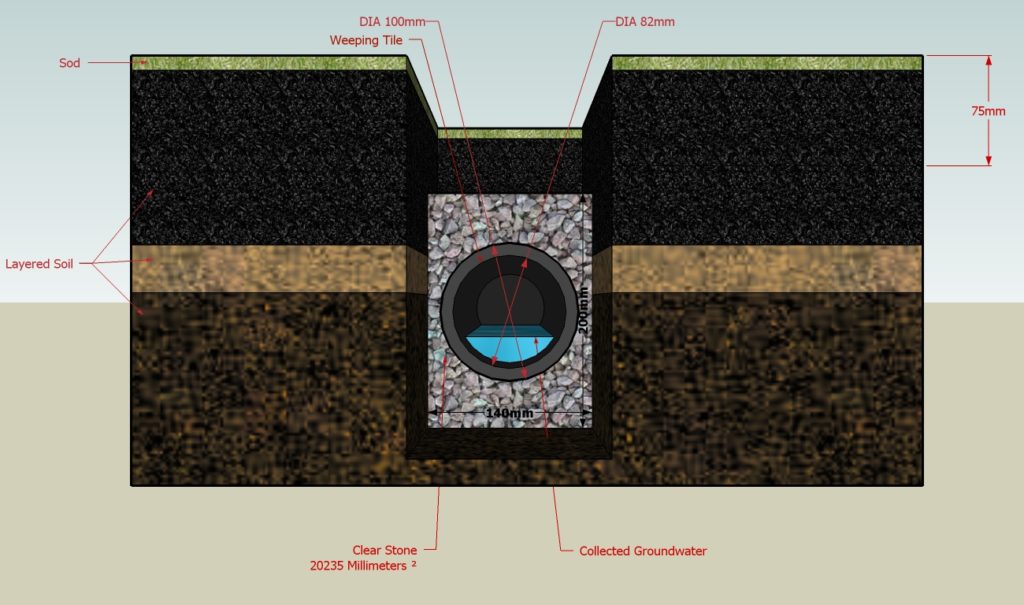
(Photo: w:User:24.57.242.6/Wikimedia Commons)
3. Build a dry well.
Dry wells are another option. You can think of a dry well drainage system as an extension of a French drain. The system also uses gravity to direct water toward the lowest point in your property, where a well is buried. The well is filled with gravel, with an inlet line coming from a drain, downpipe, or French drain leading into the pit.
The system gives runoff water a place to collect until it gradually dissipates into the soil, instead of simply directing it toward a nearby waterway. While dry wells typically collect runoff from the roof, they can also be used to relocate water wasted from sinks, baths, washing machines, and dishwashers.
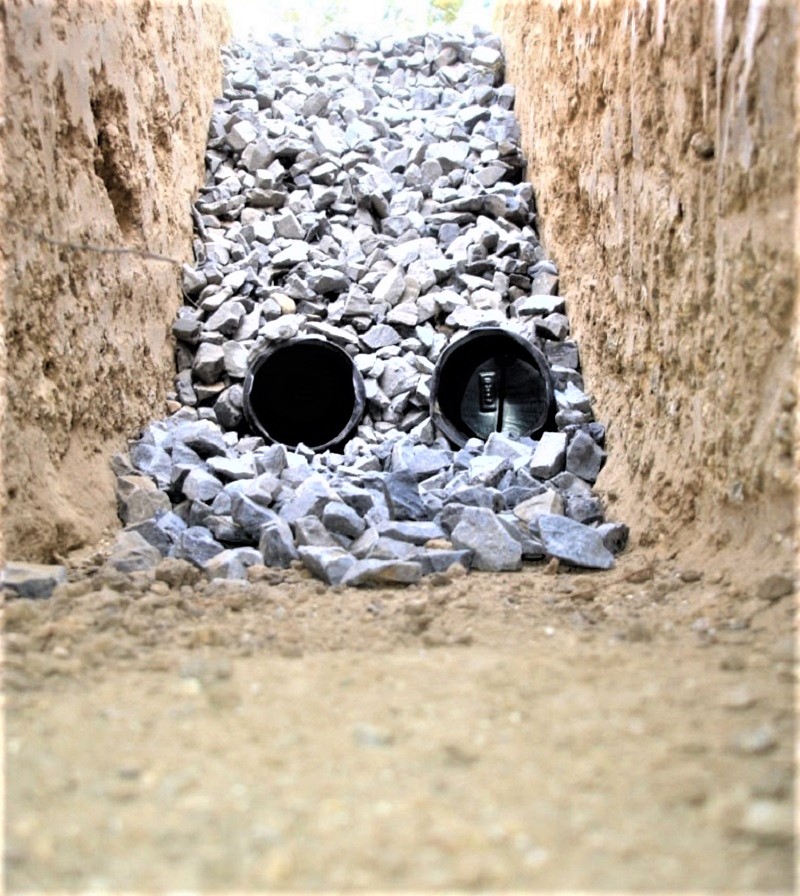
(Photo: Scooter133/Wikimedia Commons)
4. Construct a dry creek bed.
There are solutions and then there are elegant solutions. If lawn drainage is a problem, then the dry creek bed could quite possibly be its most stylish and environment-friendly solution.
With increased concerns over water conservation and chemical use on lawns, many are exploring lower maintenance options. Stone and gravel landscaping are smart alternatives to grass, especially where frequent drought and heat make turf grass impractical.
But they also work in areas where water tends to accumulate, causing erosion – or else creating a haven from mosquitoes.
In lawns where standing water is a problem, a dry creek bed can help divert water away from low spots, preventing erosion through runoff. You can line the bed with inorganic materials like river rock, pea gravel, and crushed granite, turning it into a beautiful complement to the rest of your landscaping.
Dry creek beds are becoming more common as they provide an interesting landscape element even as they afford you a practical drainage solution.
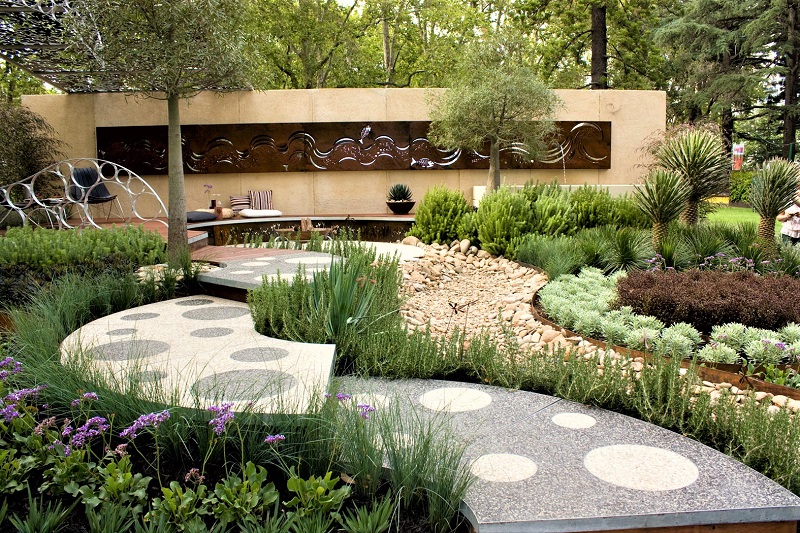
(Photo: Rexness/Flickr)
Common Ground
Some might argue that one should embrace a soggy, waterlogged environment. Water is life, after all. That’s why bog gardens are all the rage right now – and they can be quite beautiful.
However, for those who still long for a patch of manicured lawn from old suburbia, a sodden patch of earth just won’t cut it. And why should it? Even those opposed to lawns will agree that standing water is not always a good alternative.
Proper drainage is key to a healthy, vigorus lawn and garden. Here lawn lovers might find common ground with homeowners who eschew turf to grow lettuce, okra, and beans, or even geraniums and clematis.
None of those plants will grow with their roots sitting in sodden soil, either.

